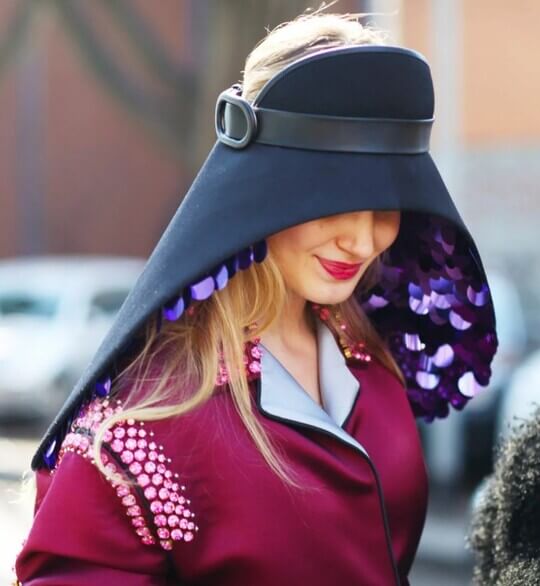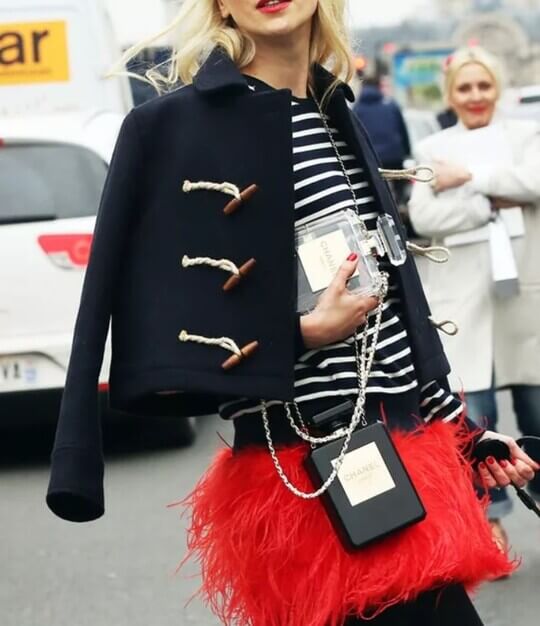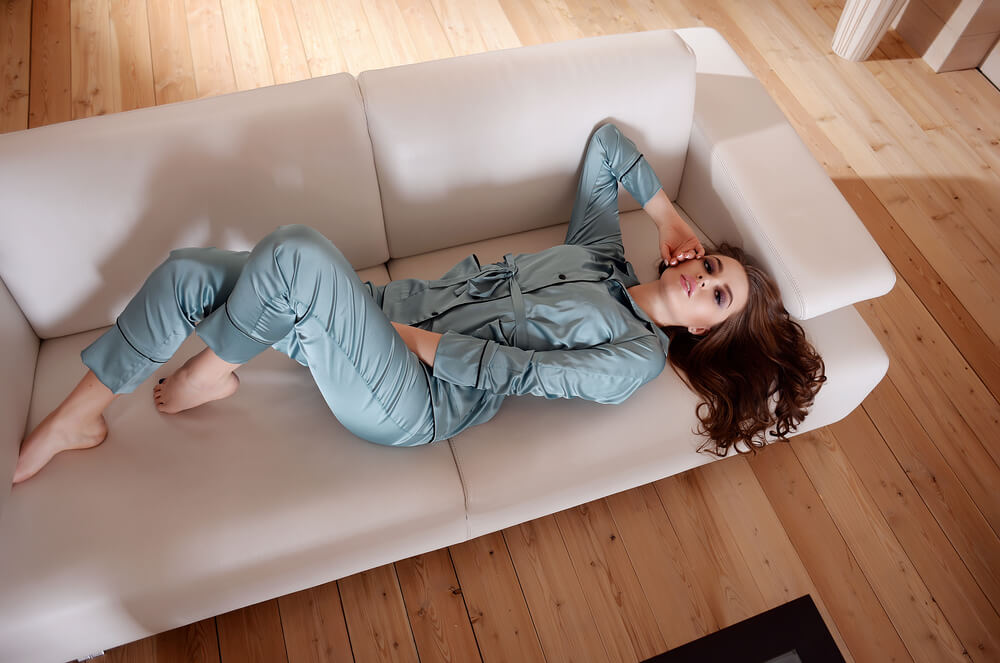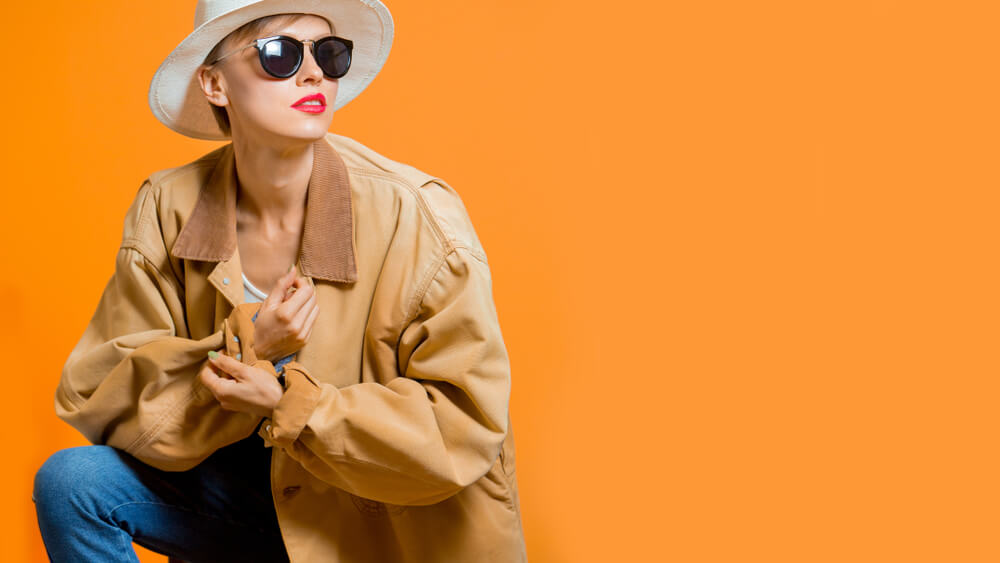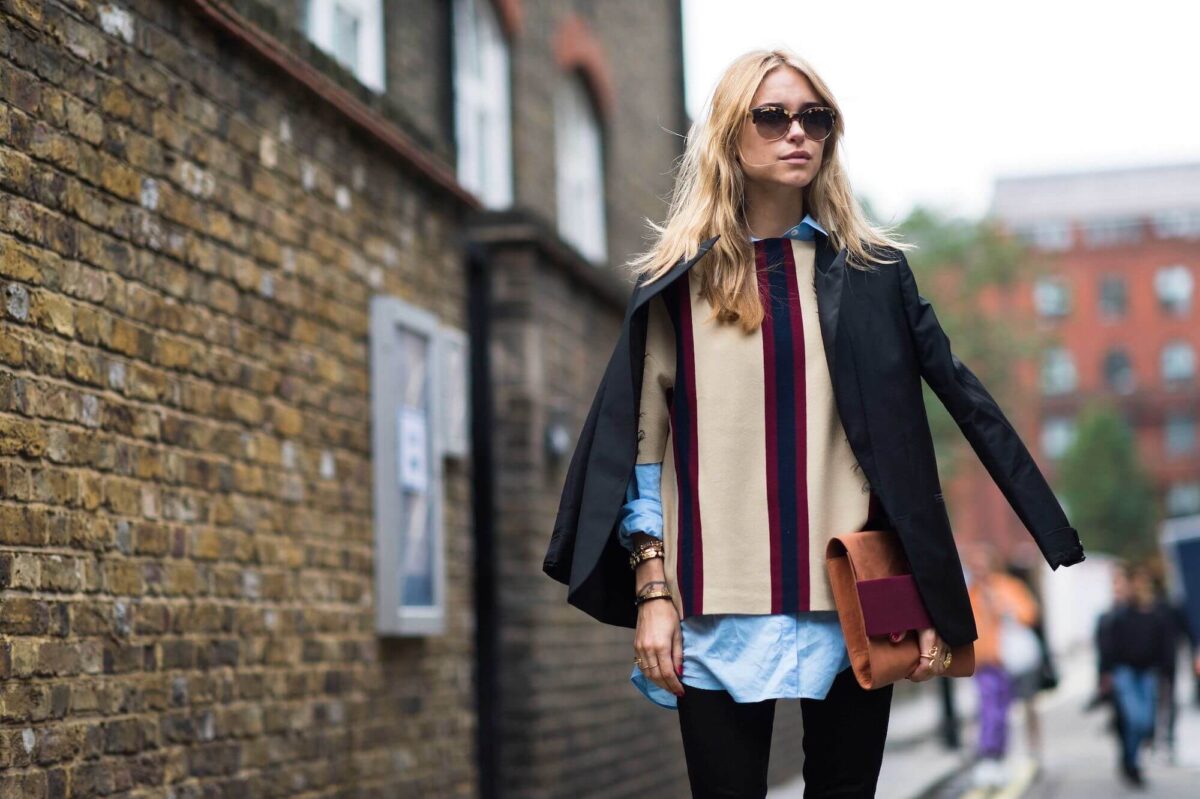
It may seem that translation has nothing to do with fashion, but "advanced" is exactly the characteristic that distinguishes the avant-garde among other styles. The avant-garde always goes ahead and is the first to adapt unexpected solutions, combinations and combinations, and also gravitates to experiments and radical ways of their implementation.  It is difficult to name the exact dates associated with the emergence of the avant-garde in fashion. There are two main opinions here:
It is difficult to name the exact dates associated with the emergence of the avant-garde in fashion. There are two main opinions here:
It is likely that everything really began with Japan - then they adapted European outfits, making them more geometric, shaped. Later, in the 60s, Pierre Cardin entered the fashion arena, who presented a collection of outfits in the avant-garde style.  His creations were perceived with apprehension - the public was not yet ready for such outrageous outfits, but later this trend was adapted in the fashion world and today is regularly reflected in the outfits of world brands and fashion houses. But let's just say that the avant-garde style is not at all about clothes in the usual sense.
His creations were perceived with apprehension - the public was not yet ready for such outrageous outfits, but later this trend was adapted in the fashion world and today is regularly reflected in the outfits of world brands and fashion houses. But let's just say that the avant-garde style is not at all about clothes in the usual sense.
Total avant-garde is almost impossible to adapt to everyday wardrobe, but it is permissible to use avant-garde details - we will describe this below. So the avant-garde style in clothing is a solution for those who want to attract attention to themselves and shock.  Often, outfits in this style are chosen by celebrities and bloggers, and mainly for secular exits and red carpets. A vivid example of love for the avant-garde is Lady Gaga, whose stage and weekend outfits always amaze the imagination.
Often, outfits in this style are chosen by celebrities and bloggers, and mainly for secular exits and red carpets. A vivid example of love for the avant-garde is Lady Gaga, whose stage and weekend outfits always amaze the imagination. 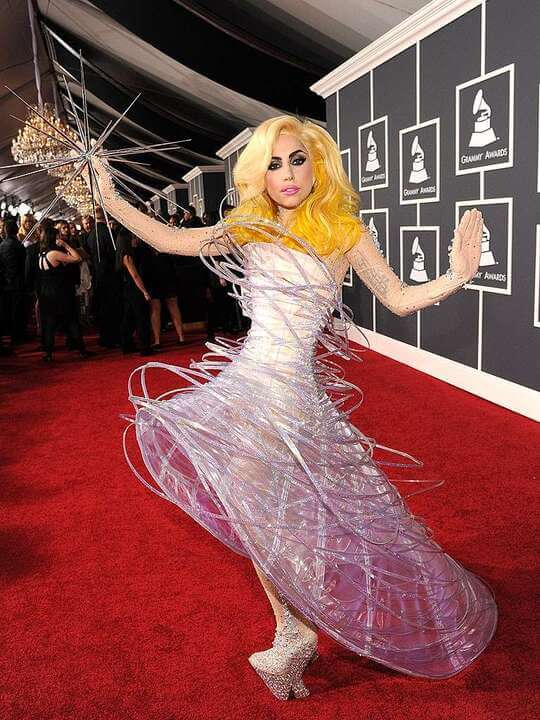
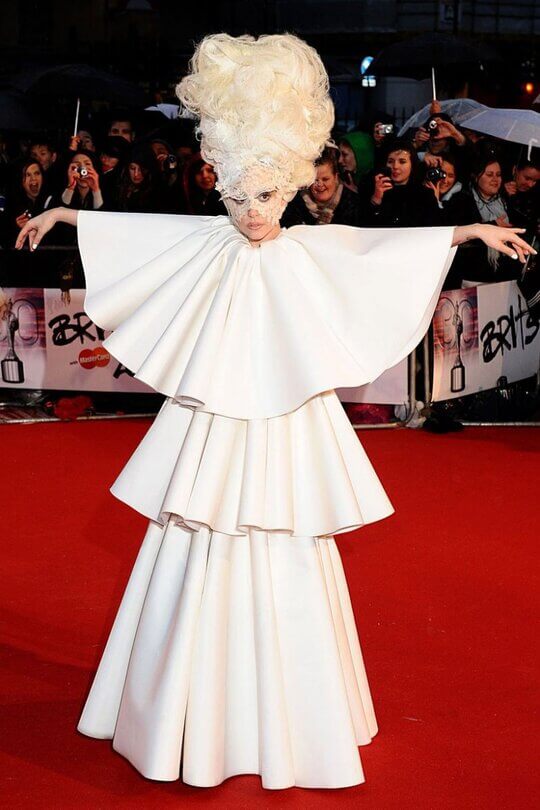

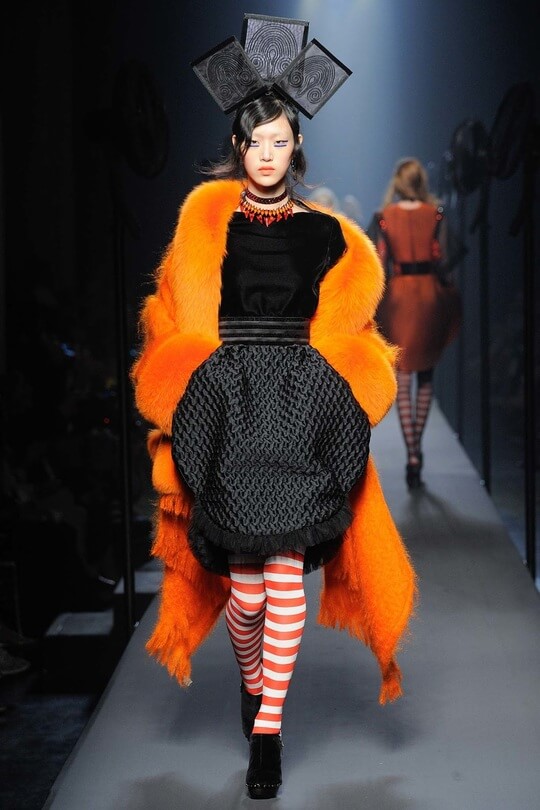
The avant-garde, as a current in art, includes more than a dozen directions - Fauvism, Cubism, Primitivism and others. In fashion, it is customary to distinguish three directions of the avant-garde:
Each of the directions has unique characteristics, but is united by their passion for experimentation and opposition to generally accepted norms.
Minimalism is considered built on faceless things and is something calm and does not stand out. This is one of the biggest misconceptions. Minimalism in clothing is the use of simple materials, shapes and shades, but outfits are unique precisely in pretentious simplicity. 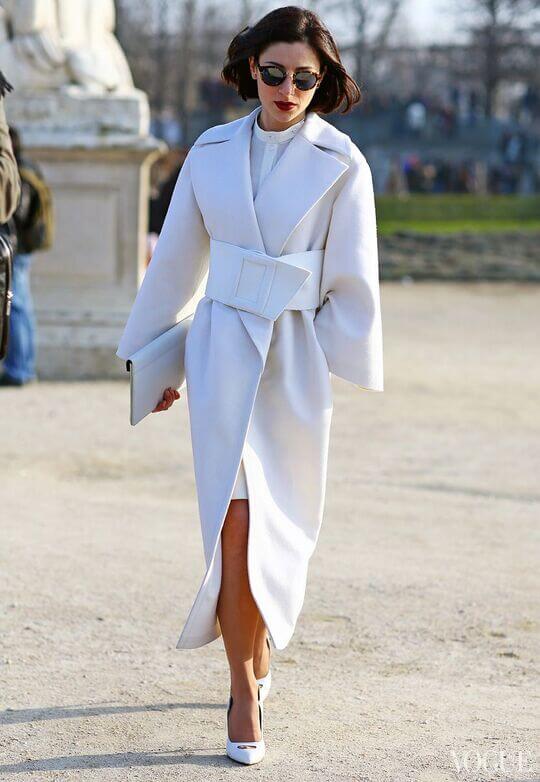 Frequent guests of minimalistic images - an unusual cut, cuts, asymmetry. Such details simply cannot create a boring bow. More details about the features of minimalism we told in DRESS Magazine on the example of minimalist dresses.
Frequent guests of minimalistic images - an unusual cut, cuts, asymmetry. Such details simply cannot create a boring bow. More details about the features of minimalism we told in DRESS Magazine on the example of minimalist dresses.
Difference between minimalism and basic wardrobe - from DRESS Magazine.
Conceptualism is a derivative of the word concept. At the heart of the style of conceptualism is not clothing, as a way to attract attention, but the concept of the creator of a particular thing. It can be a mixture of styles, unusual materials, strange shapes. 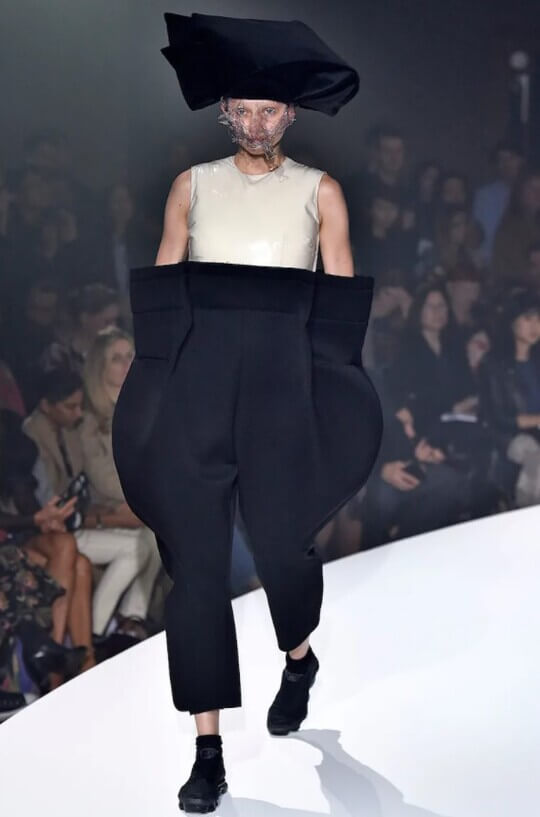 The task of clothing in the style of conceptualism is to convey the author's idea, to reflect what he wanted to say.
The task of clothing in the style of conceptualism is to convey the author's idea, to reflect what he wanted to say.
Deconstructivism is a style in clothing built on deconstruction, destruction. First of all, the foundations of the traditional cut are destroyed, which are replaced by inversion - in this case, the seams of the fabric are demonstrated on the front side of the product. 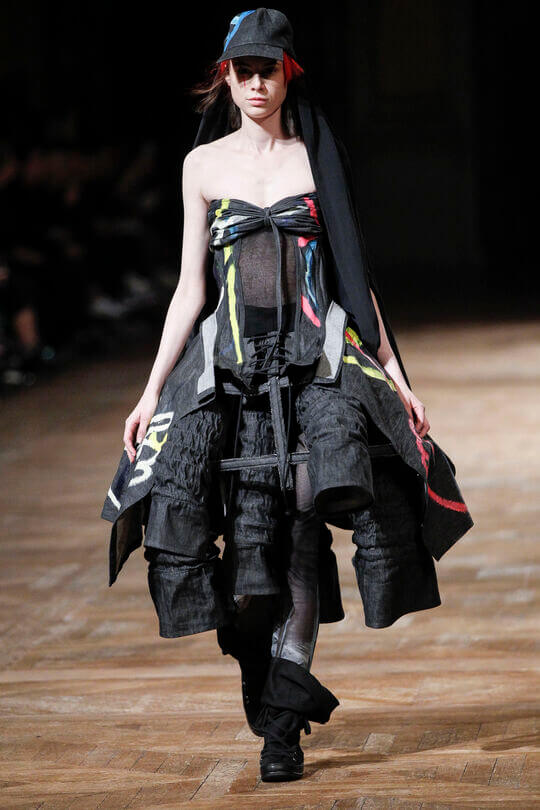 Deconstructivism is also characterized by:
Deconstructivism is also characterized by:
Of course, no one works exclusively in the avant-garde style, but there are a number of fashion houses and brands that more often than others offer avant-garde things.
Representative of deconstructivism. In the catalogs of the company there are often things with torn cuts, atypical inserts, original finishes. 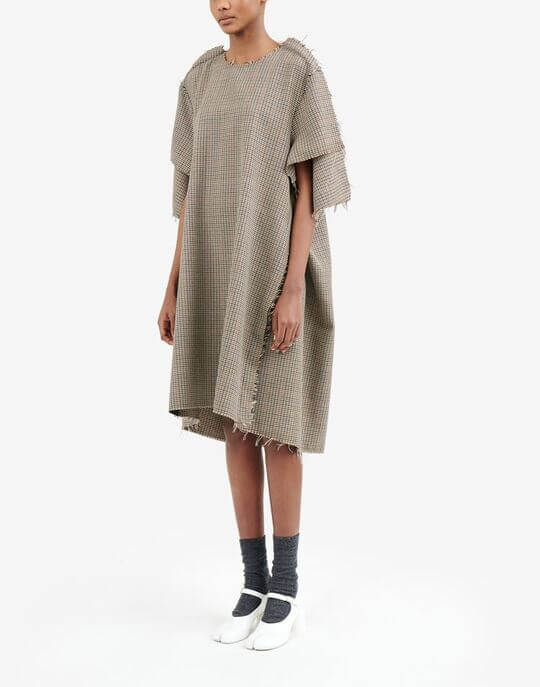
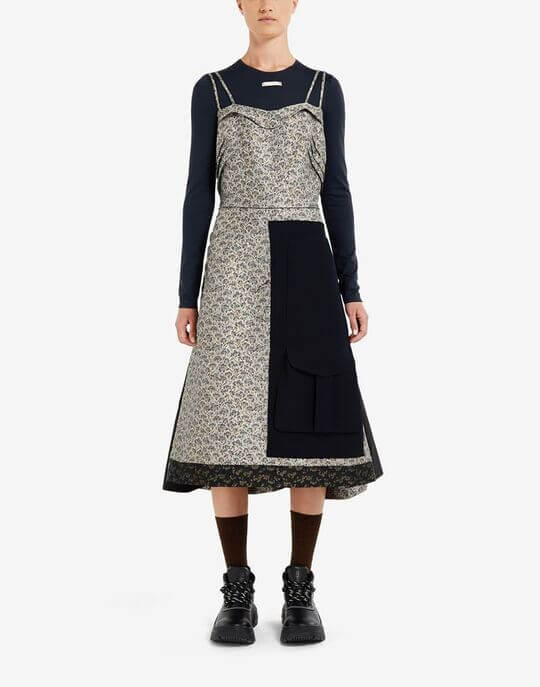
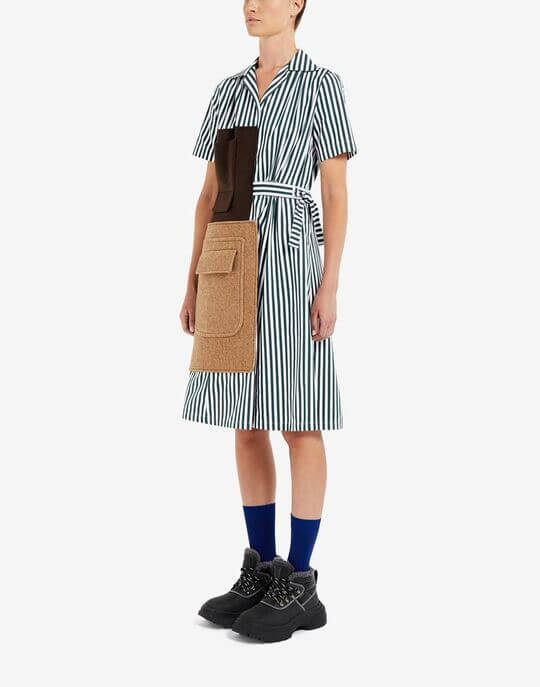
British designer Alexander McQueen also gravitates towards deconstructivism, but sometimes there are things in other avant-garde directions. Jackets strewn with zippers, dresses with pronounced roundness in shape, jackets with cuts and cuts at the waist - and this is only a small part of all the brand's offerings. 
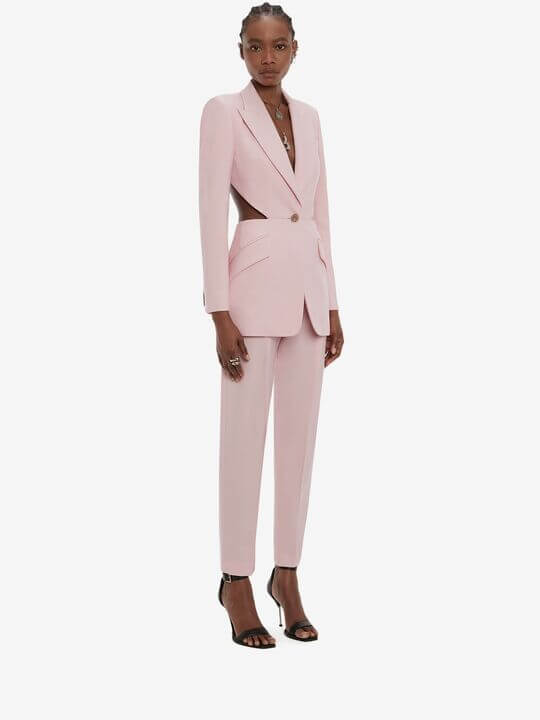

The fashion designer from the Netherlands is famous for his refined sense of taste, which helps him to combine traditional fashion with high-tech fashion. Here, conceptualism most likely comes to the fore, but the notes of deconstructivism can also be traced. 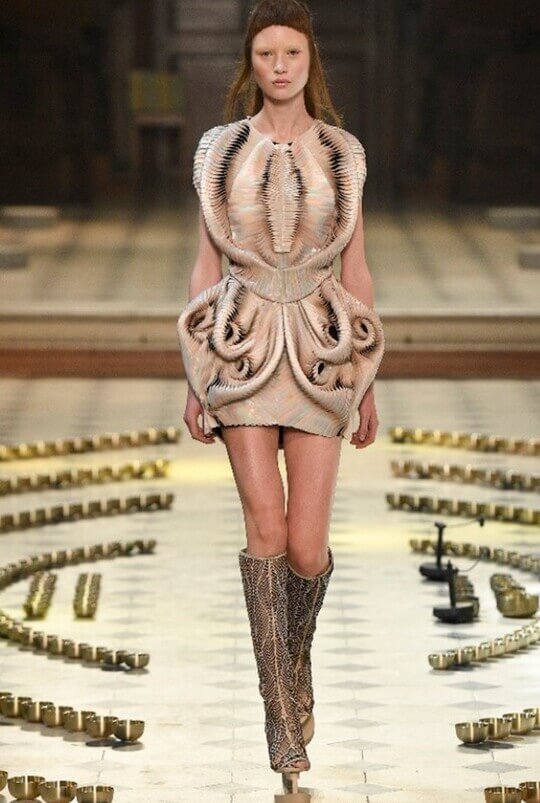
The Japanese designer is also focused on deconstructivism – his favorite chips are raw edges, displaced lines and proportions, unusual shapes. Yohji Yamamoto is considered one of the main figures of the avant-garde. 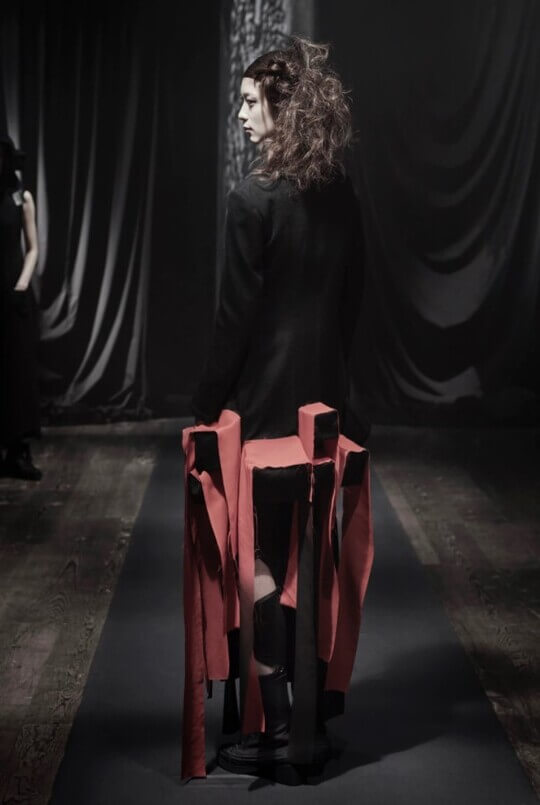
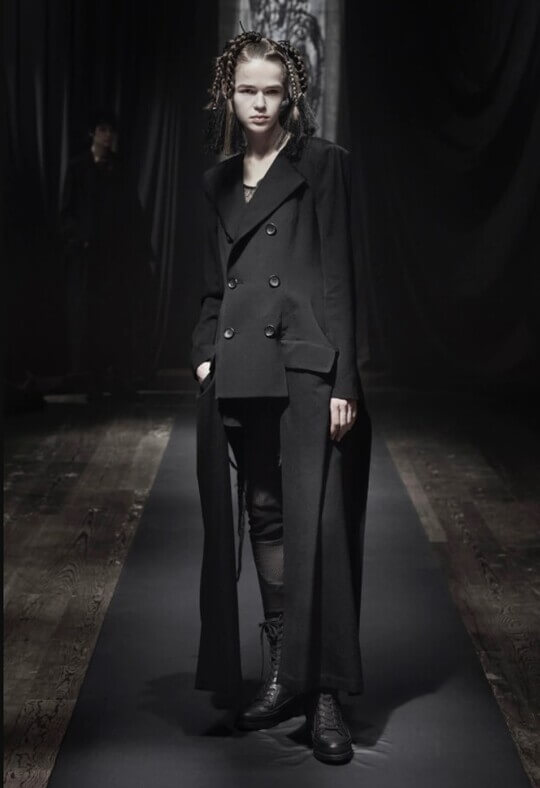
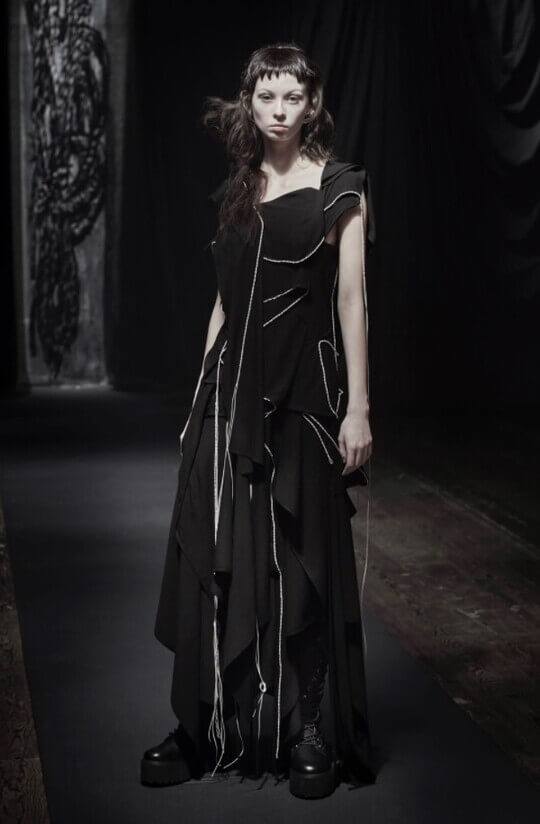
The COS brand is the most restrained representative of avant-garde fashion, as it is focused on minimalism. There is often a simple cut, as well as unusual details like a double belt of trousers or necklines and asymmetry. Also, COS will be able to replenish the basic wardrobe. 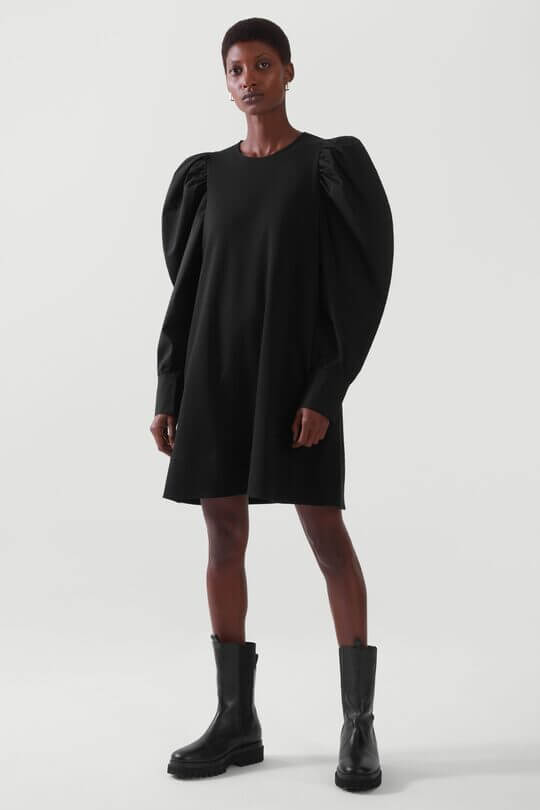

Avant-garde in everyday wardrobe, as the only style, is rare. It would even be more correct to say that never. The fact is that even for girls and women who like to attract attention, avant-garde outfits are too much. The exceptions are stars, as well as avid fashionistas. Most often, the avant-garde in clothing is used in the form of single things that help to dilute casual, business or any other style. When composing an everyday bow in the style of avant-garde, it is recommended to choose one avant-garde thing, and leave all the rest within the basic wardrobe.
To diversify the style and add a little innovation to it, purchase:
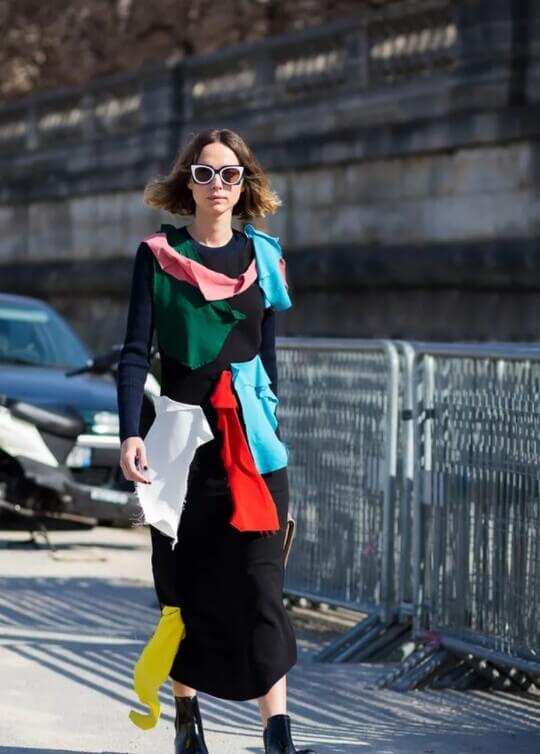

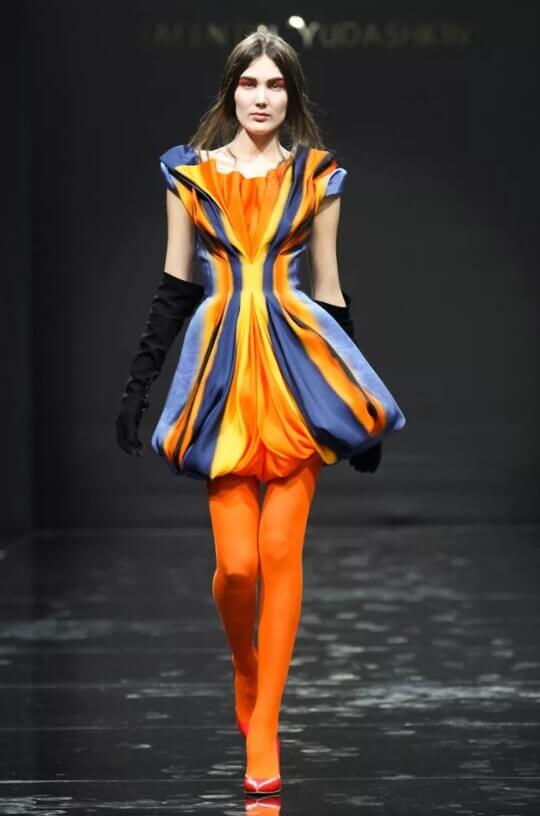
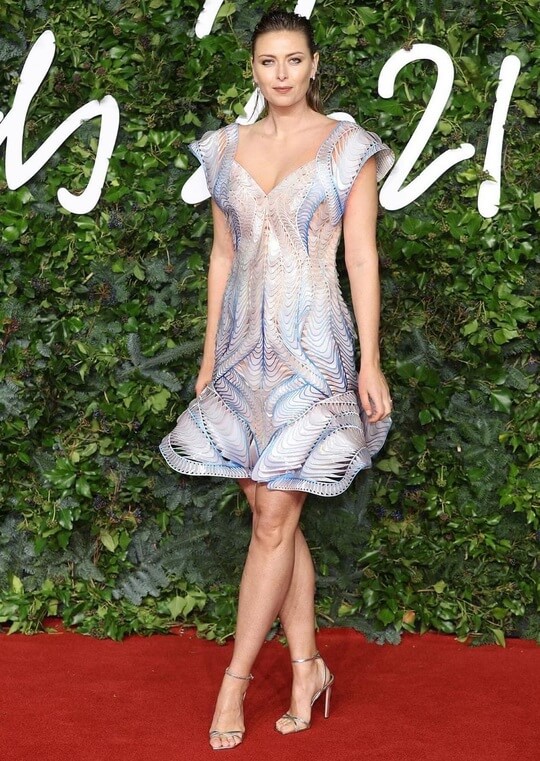
@irisvanherpen
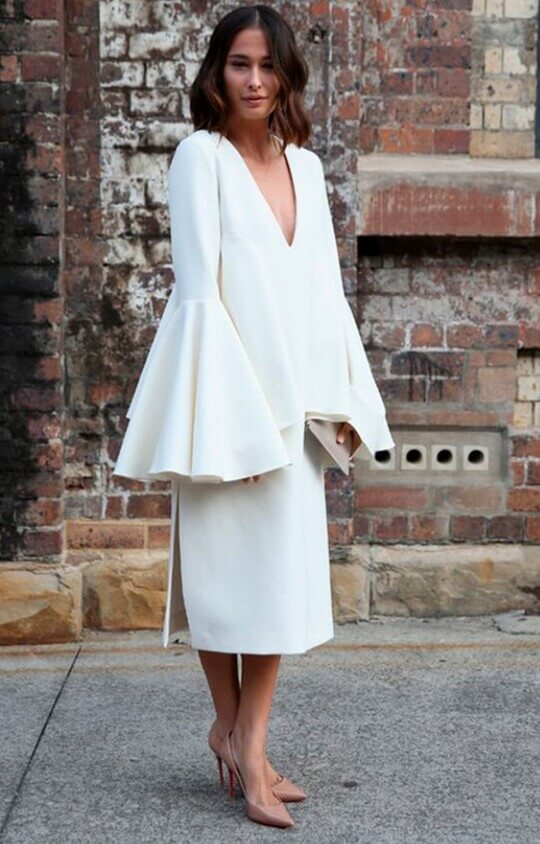

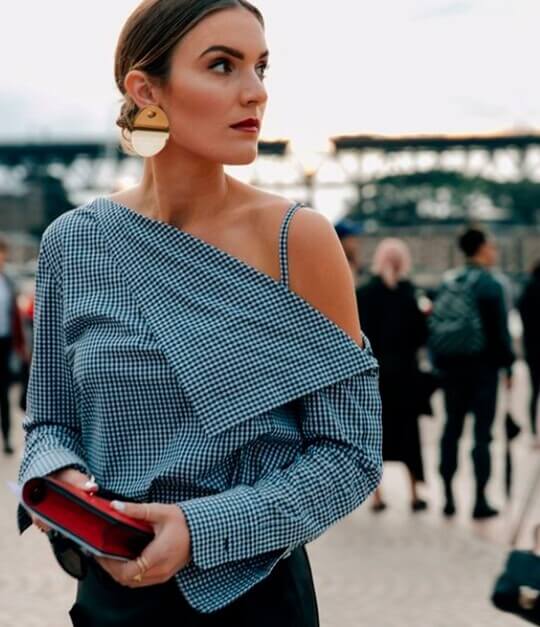
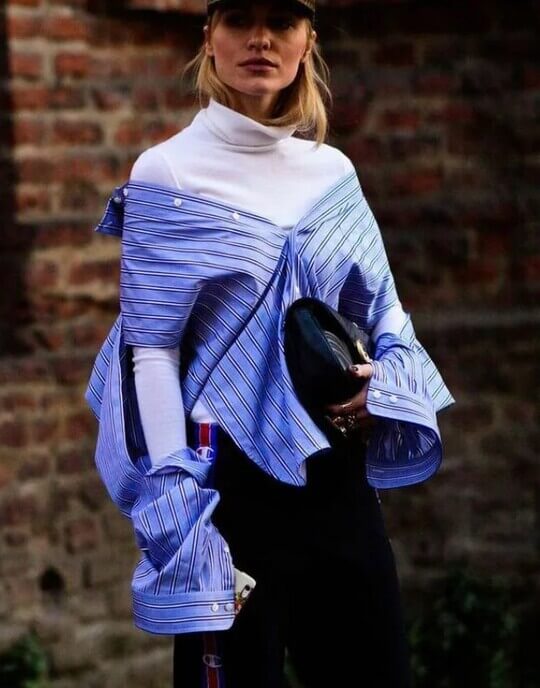

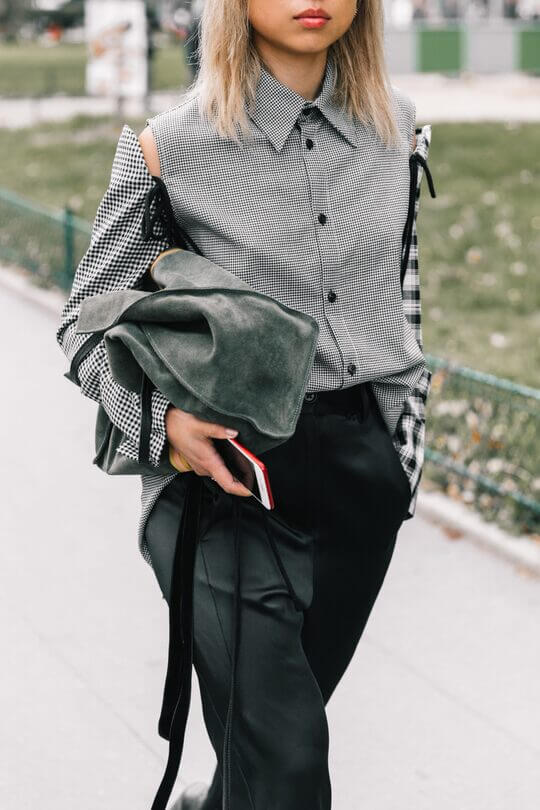
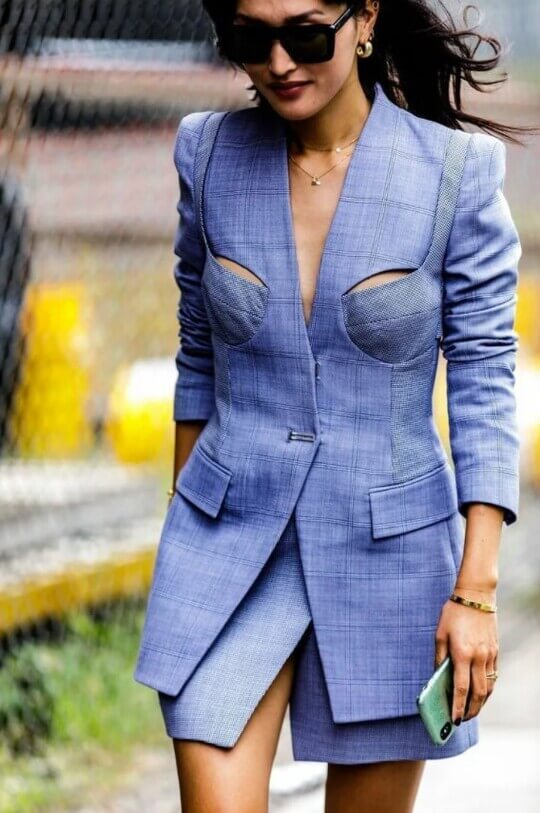
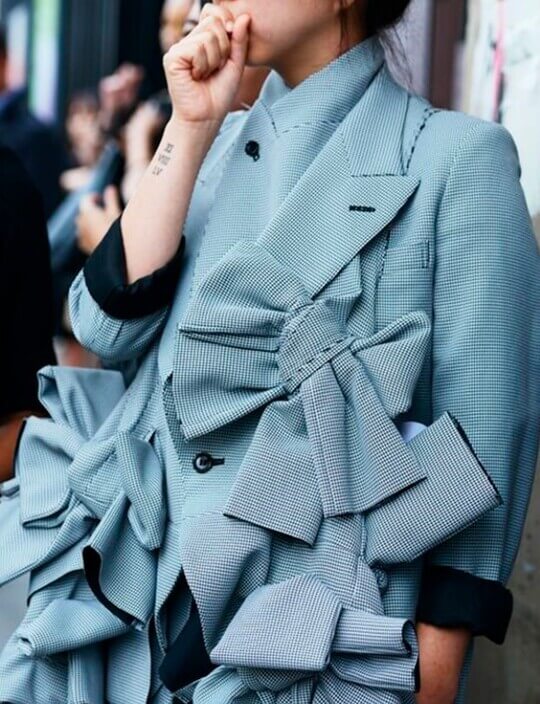
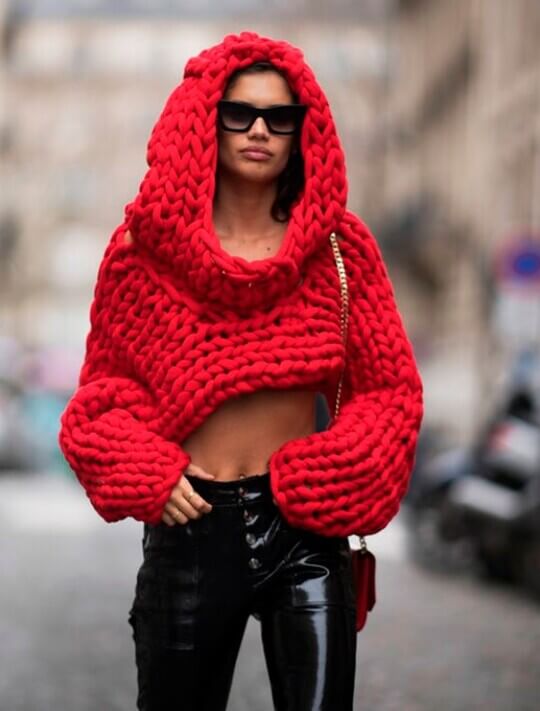
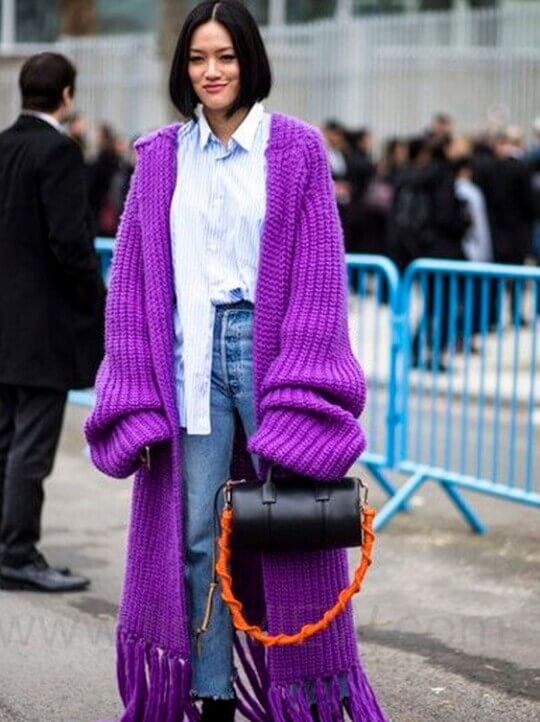
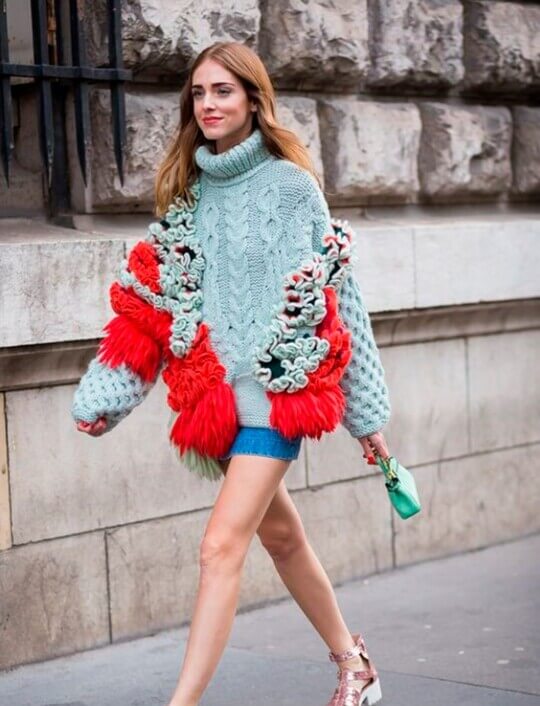
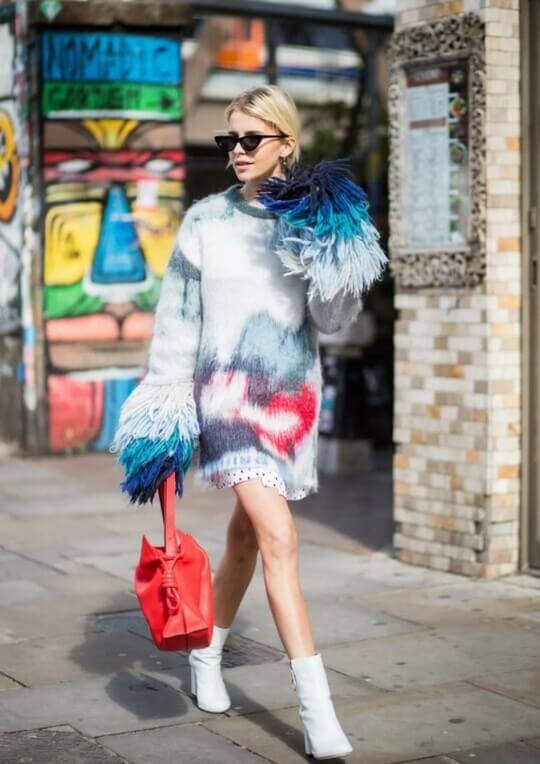 An innovative accent in the image can be shoes, but keep in mind - the more avant-garde the pair, the harder it is to move in it.
An innovative accent in the image can be shoes, but keep in mind - the more avant-garde the pair, the harder it is to move in it. 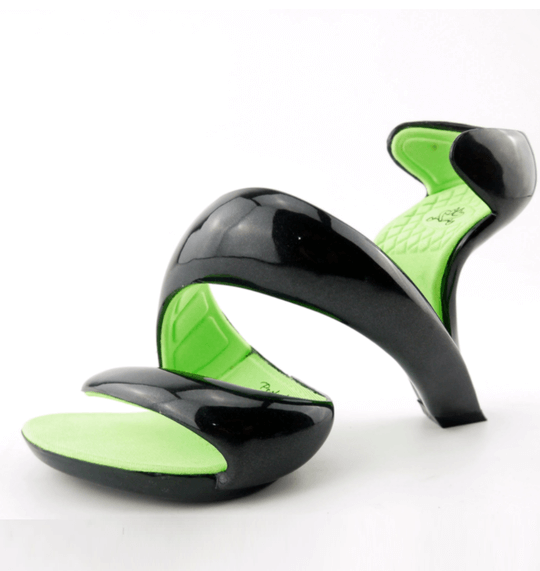 Of course, it is not necessary to get too caught up in experiments. As an option - choose fashionable ankle boots with a square cape, a pair in an unusual color design or a model with a non-standard heel.
Of course, it is not necessary to get too caught up in experiments. As an option - choose fashionable ankle boots with a square cape, a pair in an unusual color design or a model with a non-standard heel. 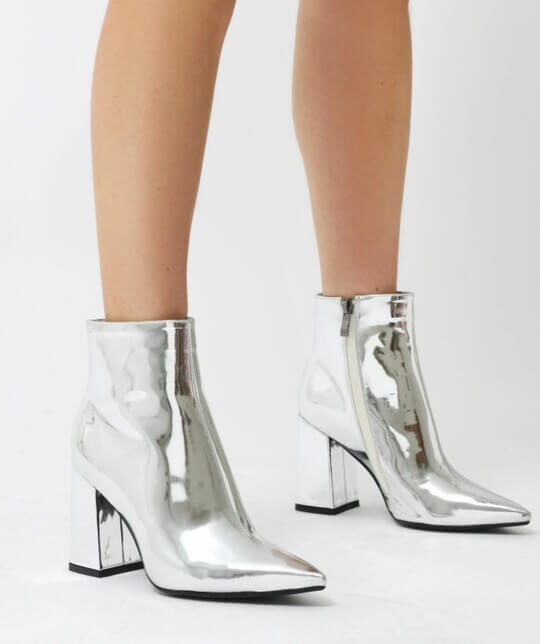


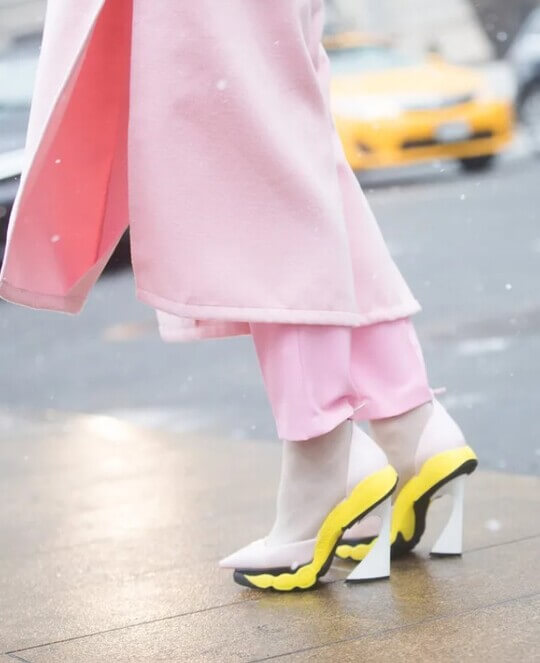 Accessories will also help to make the image original. First of all, of course, unusual bags. It is permissible to add jewelry and hats that will give you a pioneer and innovator.
Accessories will also help to make the image original. First of all, of course, unusual bags. It is permissible to add jewelry and hats that will give you a pioneer and innovator. 
